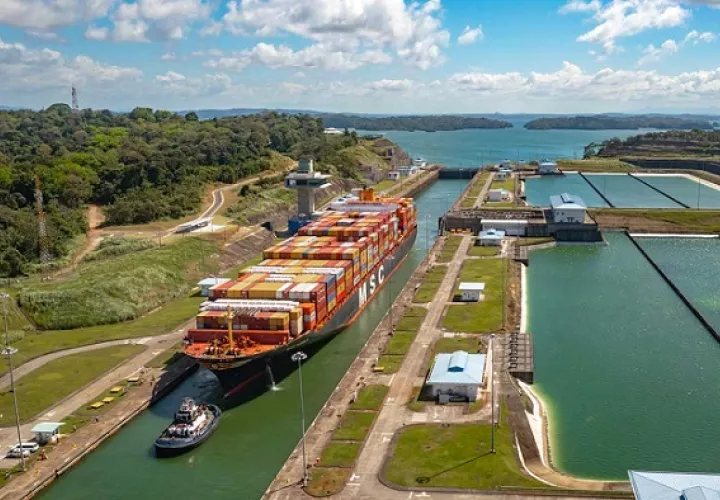In the First half of the Year Panama Canal Toll Revenues are up by 33%
Deep-draft vessels saw a 30% increase, while Neopanamax vessels contributed $1.089 billion.

Toll revenues on the Panama Canal increased 33.2% in the first half of the year. This achievement is due to the increase in the transit of vessels, mainly deep-draft vessels, during this period. Vessel traffic increased by 25.7%, with 6,855 vessels crossing the interoceanic waterway in the first half of the year, of which 5,967 were deep-draft vessels, an increase of 30.3%. Panamax vessels continue to be the largest transit vessels, with 5,249 between January and June, generating revenues of $926.9 million, while 1,606 Neopanamax vessels transited, generating revenues of $1.089 billion. The expansion of the Panama Canal in 2016 was intended to accommodate Neopanamax vessels, which, due to their size, pay a higher toll to cross, as statistics show.
Toll revenues in the first half of the year amounted to $2.015 billion, more than $500 million compared to the same period in 2024. These figures indicate that the recovery of the Panama Canal, after the drought two years ago, is a remarkable fact, because the toll collections in 2024 ($1,513 million) were 11.7% lower than what was obtained in 2023, which was $1,713 million. Last week, President José Raúl Mulino met with the board of directors and authorities of the Panama Canal Authority (ACP), during which it was announced that the state’s main enterprise will invest $8.5 billion over the next decade. Major projects include the construction of an energy corridor (gas pipeline), the development of port terminals on both the Pacific and Atlantic sides; a land logistics corridor; and the creation of a lake in the Río Indio area.





